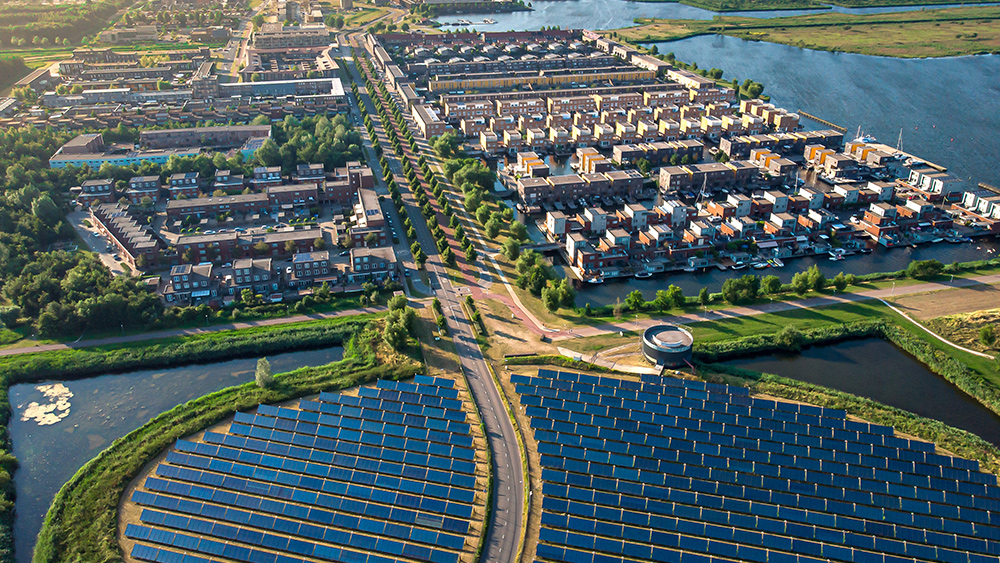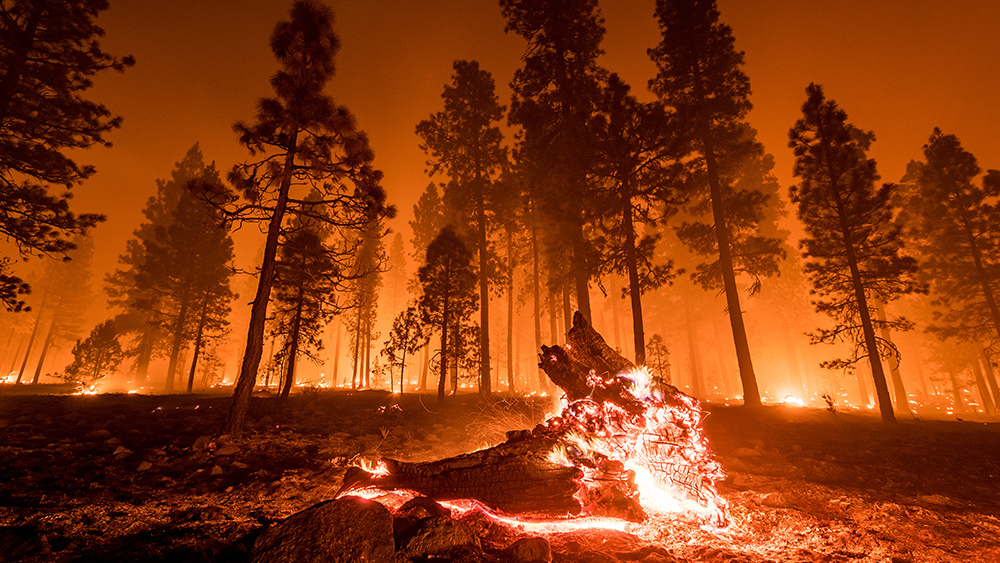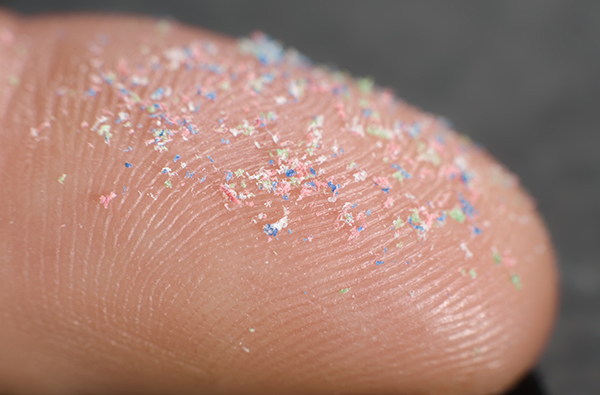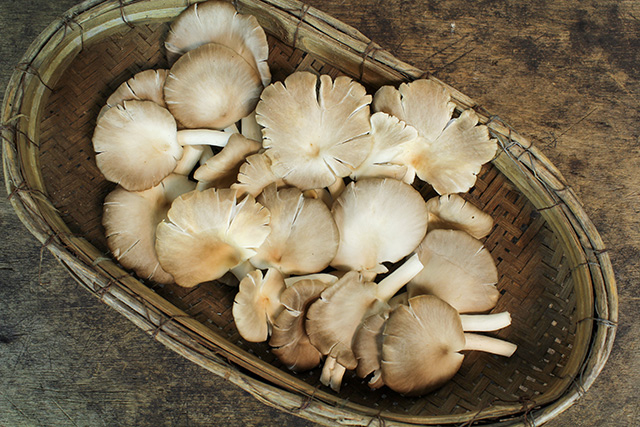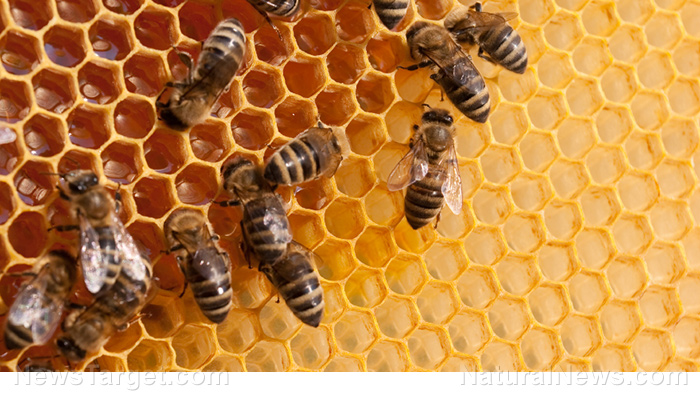“Wartime Homefront Essential Skills” on BrightU: How billions of microbes can save your garden and your health
05/03/2025 / By Jacob Thomas
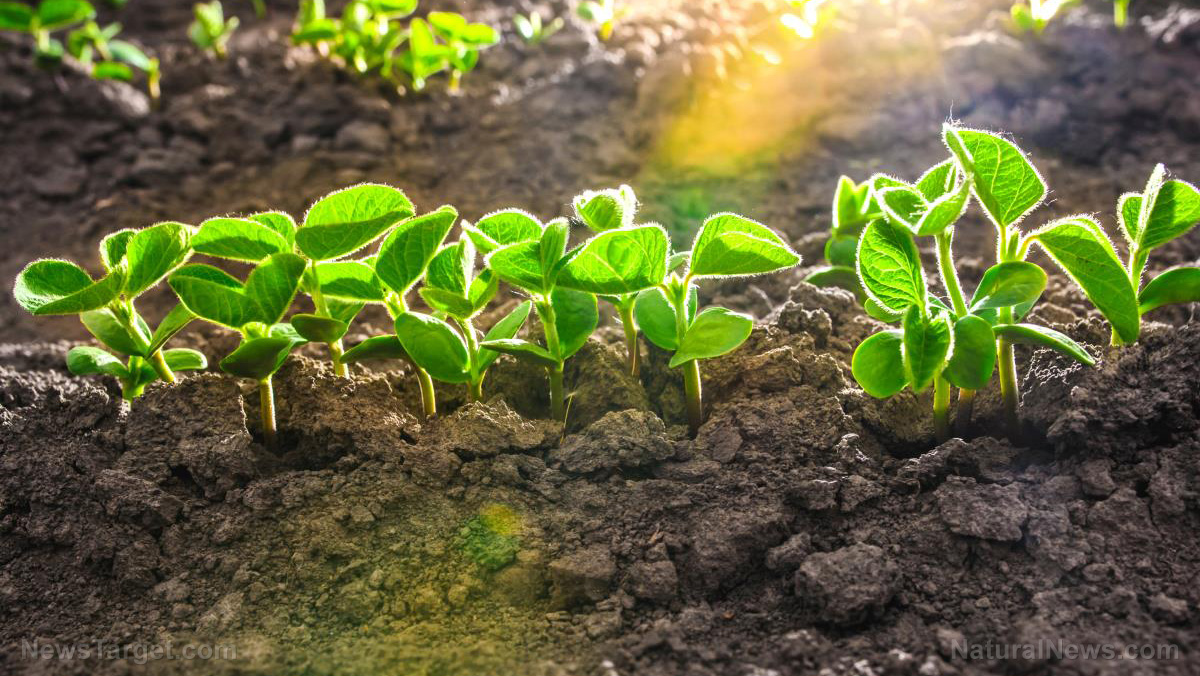
- In episode 6 of “Wartime Homefront Essential Skills,” Marjory Wildcraft and Tom Bartels discussed how a thriving garden depends on billions of bacteria, fungi and nematodes working symbiotically — similar to the human gut microbiome — to create nutrient-rich, resilient soil.
- This episode explored how plants release root exudates to feed microbes, which are then consumed by larger organisms, cycling nutrients back to the plant. Chemical fertilizers disrupt this system, weakening plants.
- Bartels shared a three low-effort composting methods — vermicomposting, traditional hot composting and leaf mold. These composting methods supercharge soil fertility by harnessing microbial activity.
- Bartels mentioned key practices, including aerating soil deeply (two feet) and using intensive planting (closed canopies) to reduce watering/weeding by 90 percent, mimicking natural ecosystems like forests.
In episode 6 of “Wartime Homefront Essential Skills,” aired May 1 on Brighteon University, Marjory Wildcraft, renowned homesteading expert and founder of The Grow Network, is joined by soil expert Tom Bartels. They discussed how mimicking nature — by feeding microbes instead of plants — can eliminate pests, reduce watering needs and supercharge growth without synthetic fertilizers.
Beneath every thriving garden lies an invisible army — billions of bacteria, fungi and nematodes working in harmony to create nutrient-dense, resilient soil. Just as the human gut microbiome is essential for health, the soil food web determines whether your plants flourish or fail.
Bartels opened with a striking analogy: “A healthy human body has 10 times more microbial cells than human cells. Similarly, a teaspoon of healthy soil contains over a billion bacteria and 10,000 species of microorganisms — most still unidentified by science.” These microbes, he explained, form the foundation of the soil food web, a symbiotic network that digests organic matter, cycles nutrients and protects plants from disease.
“When we disrupt this system with chemicals, we sever the relationships that keep plants resilient,” Bartels warned. “Liquid fertilizers stop plants from releasing root exudates — the ‘cookies’ that feed microbes. The result? Weak, dependent plants and more work for you.”
The magic, Bartels revealed, happens in the rhizosphere — the zone around plant roots. “Plants release sugars and proteins to attract bacteria and fungi. These microbes are then eaten by nematodes and protozoa, whose waste becomes plant food. The plant literally controls what nutrients it gets, like an orchestra conductor.”
This natural process explains why forests thrive without human intervention. “No one fertilizes the Amazon,” Bartels quipped. “But in gardens, we must jumpstart the system by adding compost — the ‘jet fuel’ for soil life.” Bartels shared three low-labor composting methods to turbocharge soil:
- Vermicomposting (worm bins): “A single kitchen worm bin can produce 600 lbs of castings yearly,” said Bartels, who uses repurposed freezers to keep worms active year-round. His secret? A “biofurnace” of coffee grounds, manure and leaves to generate heat. “Worms migrate to their ideal temperature, processing waste into ‘black grape nuts’—the richest compost you’ll ever see.”
- Traditional hot composting: Instead of labor-intensive turning, Bartels inoculates piles with worms from his bins. “They do the work for me. By spring, I’ve got 20 wheelbarrows of compost teeming with life.”
- Leaf mold (the lazy gardener’s gold): Bartels layers leaves with worms and lets time do the rest. “One year later, it’s pure worm castings—30-40 wheelbarrows of fertility, just from ‘waste.'”
Bartels stressed two game-changing shifts in designing gardens for microbial success:
- Aerate soil to two feet deep (via double-digging or raised beds) to let roots access water and nutrients.
- Ditch rows for intensive planting. Closed canopies create living mulch, reducing watering and weeding by 90 percent.
His proof? A 600-square-foot garden that thrives with minimal care. “I travel for weeks in summer. The soil food web does the rest.” Bartels’ methods don’t just grow food — they’re also good for the environment. “Most leaves end up in landfills, releasing methane. Composting them sequesters carbon and builds drought-resistant soil.”
“Stop feeding plants,” Bartels urged. “Feed the soil. The microbes will handle the rest.” To perfectly sum it up, Wildcraft said: “Tom’s work shows how aligning with nature solves our biggest challenges — food security, water scarcity and health.”
Want to learn more?
When the world gets unpredictable, the smartest move is to prepare. That’s why “Wartime Homefront Essential Skills” by Marjory Wildcraft is back on BrightU. This is your second chance to catch the series that’s changing how families think about self-reliance.
If you want to learn at your own pace and get access to 12 additional bonuses, you can purchase the Wartime Homefront Essential Skills Bundle here. Upon purchase, you will get unlimited access to all 10 “Wartime Homefront Essential Skills” videos and 12 bonuses, including 10 eBook guides and two homesteading videos.
Sources include:
Submit a correction >>
Tagged Under:
agriculture, Composting, Ecology, environment, garden productivity, green living, home gardening, homesteading, Marjory Wildcraft, no-till gardening, off grid, organic farming, preparedness, soil food web, soil health, soil microbes, survival, sustainable agriculture, tips, vermicomposting, wartime homefront essential skills
This article may contain statements that reflect the opinion of the author
RECENT NEWS & ARTICLES
COPYRIGHT © 2017 ENVIRON NEWS




